Volcanoes are fierce, natural beauties that are even more striking up close. Should you wish to walk across an ash desert, watch a live lava river, or even climb into a magma chamber, here are eight volcanoes open for public exploration.
1. Mt. Fuji, Japan

(JNTO)
Although this volcano is now dormant (it last erupted in 1707), it is still a spectacular sight to see. Standing over 12,000 feet tall, Mt. Fuji is Japan’s highest mountain. The snow-capped mountain is surprisingly symmetrical and is surrounded by five lakes, creating a picturesque scene. It is open for hiking from July to August. The climb is steep, but there are resting areas along the way.
2. Thrihnukagigur, Iceland
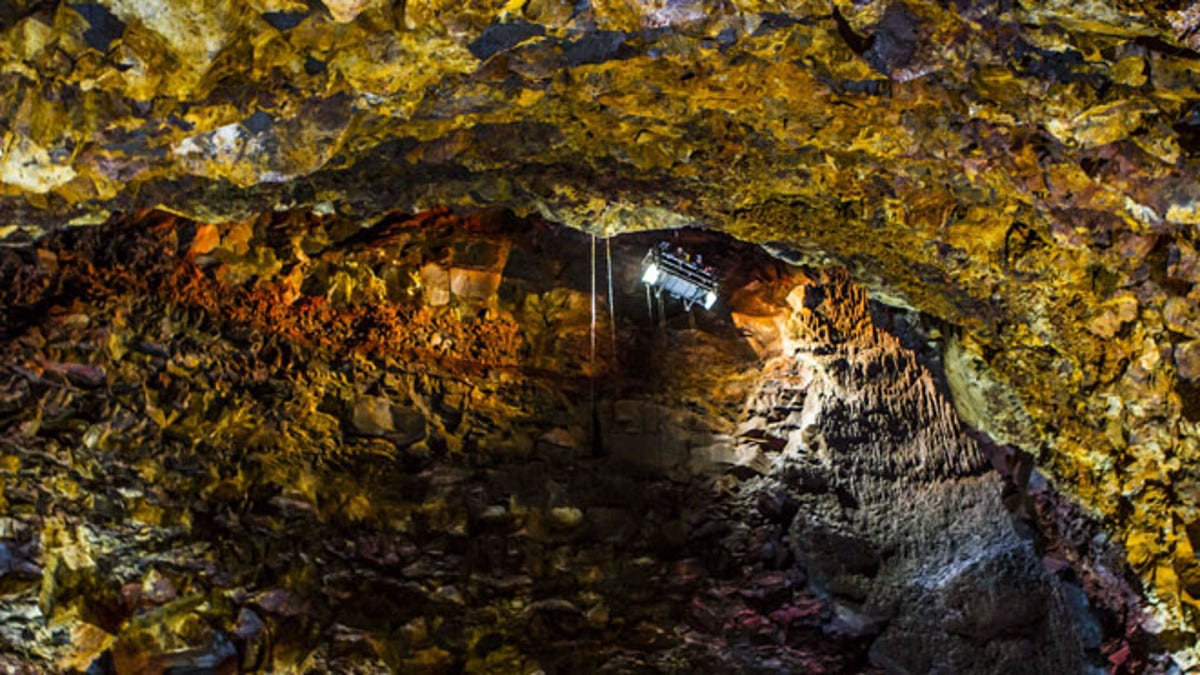
(Solve Fredheim)
Luckily, you don’t have to correctly pronounce the name of this volcano to gain access to it. Also known as Three Peaks Crater, this volcano is the only volcano in the world that visitors can explore from the inside. Rest assured, it has lain dormant for 4,000 years, so you won’t come in contact with floating lava. To get to the volcano, you first must take a 45-minute guided hike. Once there, a cable lift lowers passengers deep into the magma chamber (from top to bottom, the volcano measures 400 feet) to explore for up to an hour. Guided tours depart four times a day and run from May to September.
3. Mt. Etna, Italy
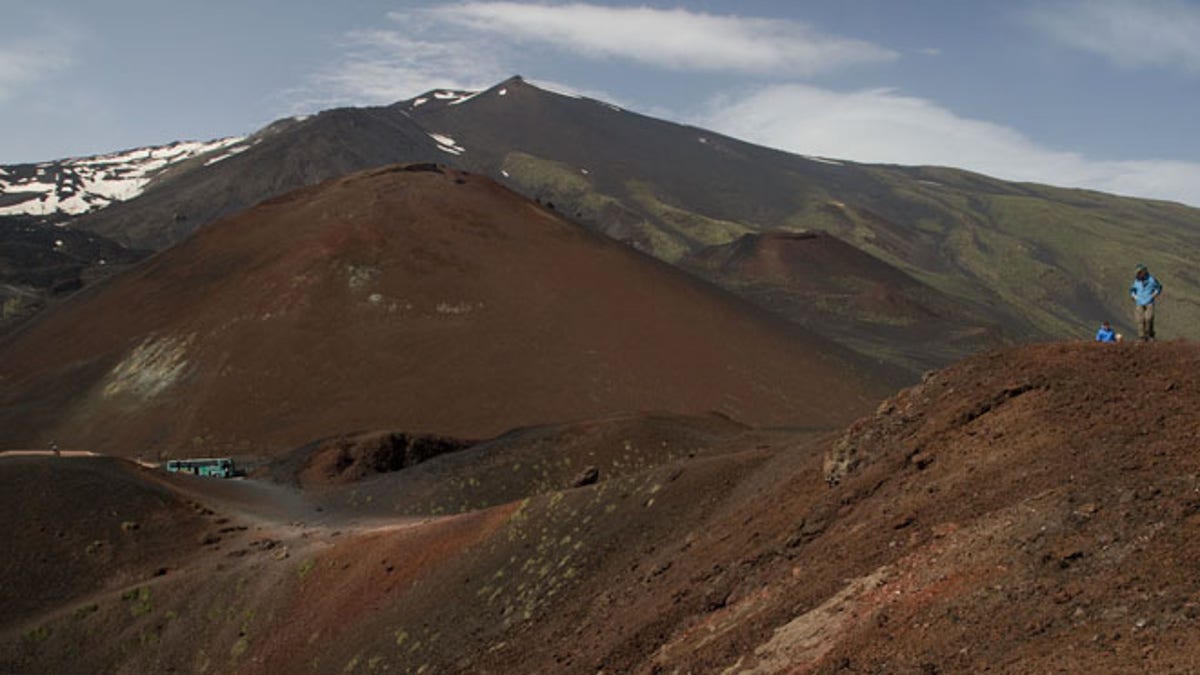
Parco dell'Etna . rif.Sapienza -Cratere Silvestri (Fototeca ENIT)
Mt. Etna is the highest active volcano in Europe, currently measuring over 10,000 feet tall. The volcano contains more than 400 craters and is in a constant state of activity, so it’s not unusual to see it spew lava and ash. Tourists can take a jeep tour, guided climb, or cable car up the mountain. Those who would rather keep a safer distance have the option of taking a train ride around the base of the volcano.
4. Pacaya, Guatemala
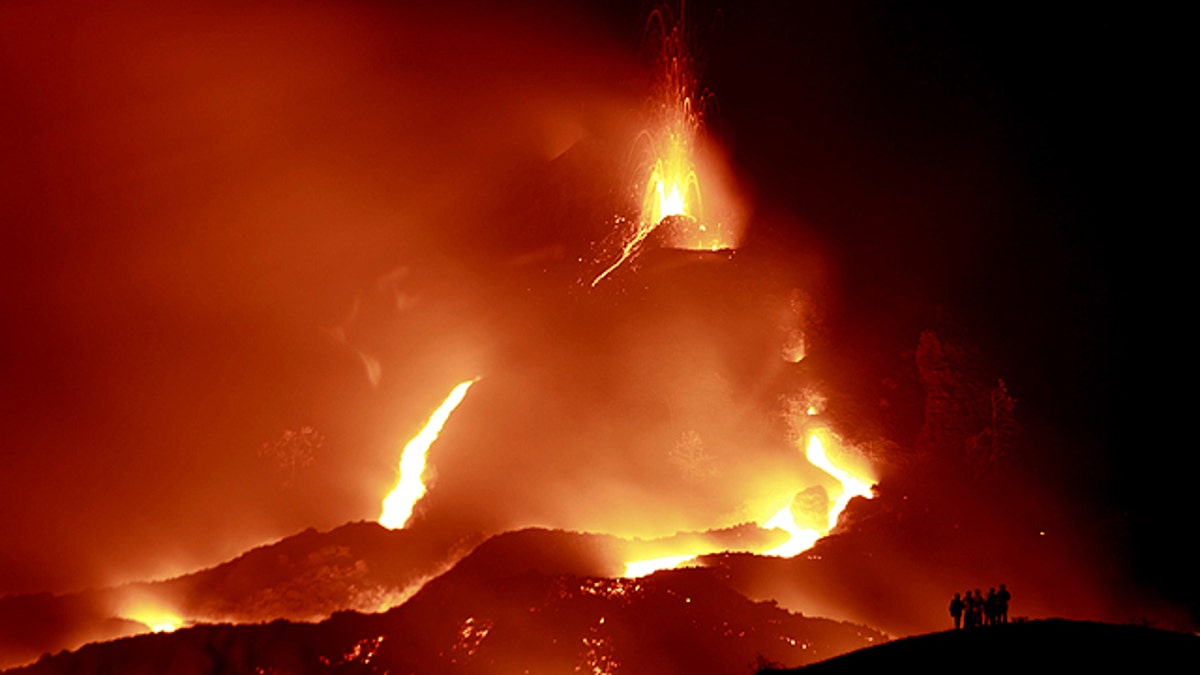
(AP)
The Pacaya volcano is the most active of 32 volcanoes in Guatemala. It has been in a constant state of eruption since 1965, and although tourists aren’t allowed to visit the main crater, there’s a trail that leads up to a plateau near the top of the volcano. Visitors can choose to walk or ride a horse up with a tour guide. The ascent is moderately easy and typically takes two and a half hours. At some points along the walk, visitors can even roast marshmallows on hot volcanic stones.
5. Kilauea, Hawaii
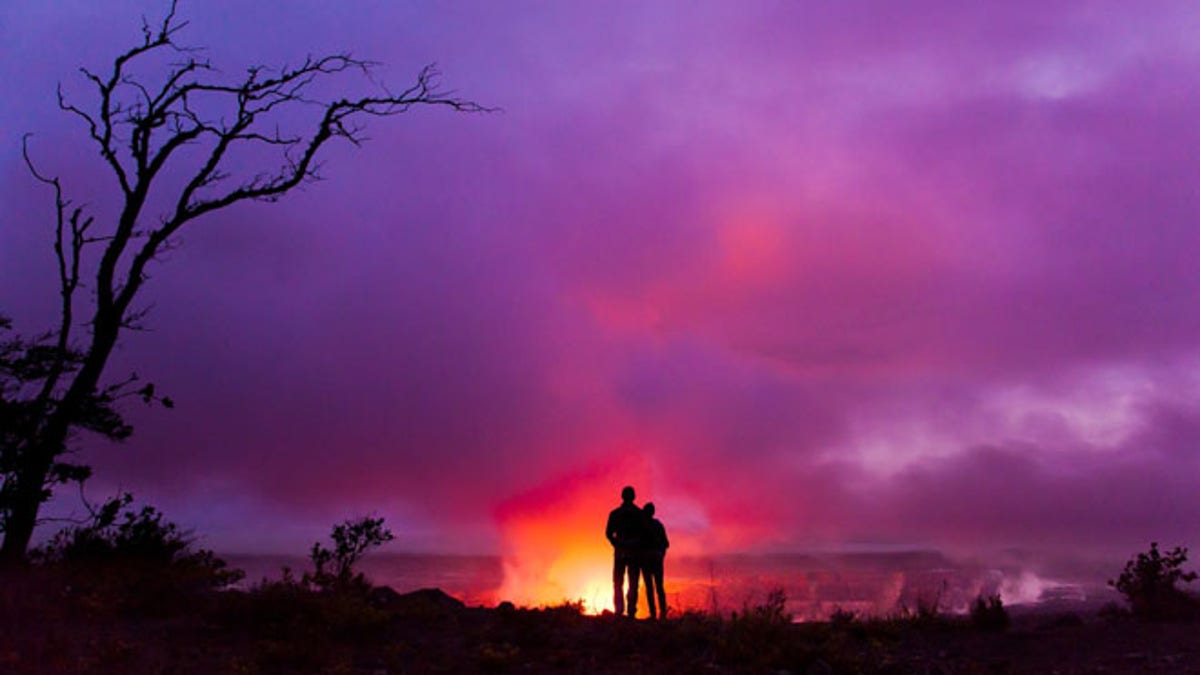
Couple overlook Halemaumau Crater (Hawaii Tourism Authority / Tor Johnson)
Located within the Hawaii Volcanoes National Park, Kilauea is one of the most active volcanoes in the world. Since 1983, Kilauea has continuously erupted, producing between 250,000 and 650,000 cubic yards of lava per day. For a clear view of the volcano, visit the Kilauea overlook (which also doubles as a picnic area) or the Jaggar Museum overlook. Depending on volcanic activity, visitors may also have the opportunity to witness live lava rivers. The park is open 24 hours a day, year-round.
6. Mt. Vesuvius, Italy
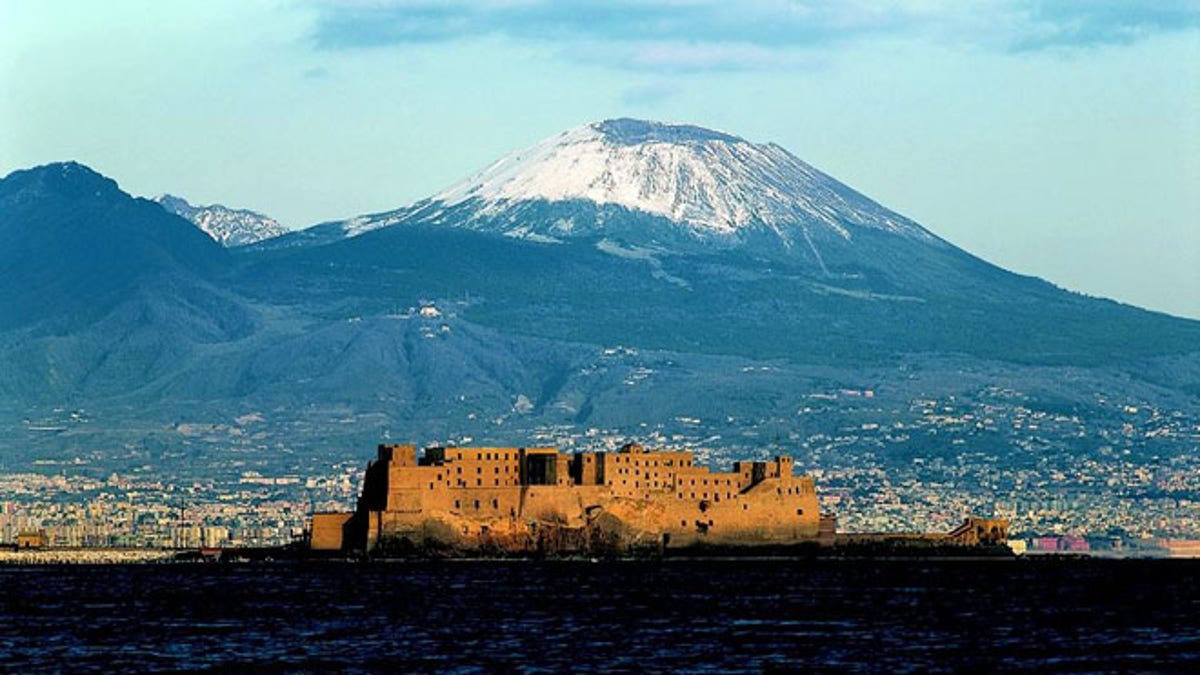
(Italian Government Tourist Board/ Fototeca ENIT)
This volcano is famous for its eruption in 79 AD, when it buried the cities of Pompeii and Herculaneum. The volcano is still active today, with the last major eruption occurring in 1944. Visitors can take a guided tour to the summit, where they can peer straight into one of the smoking craters that caused so much destruction many years ago.
7. Mt. Bromo, Indonesia
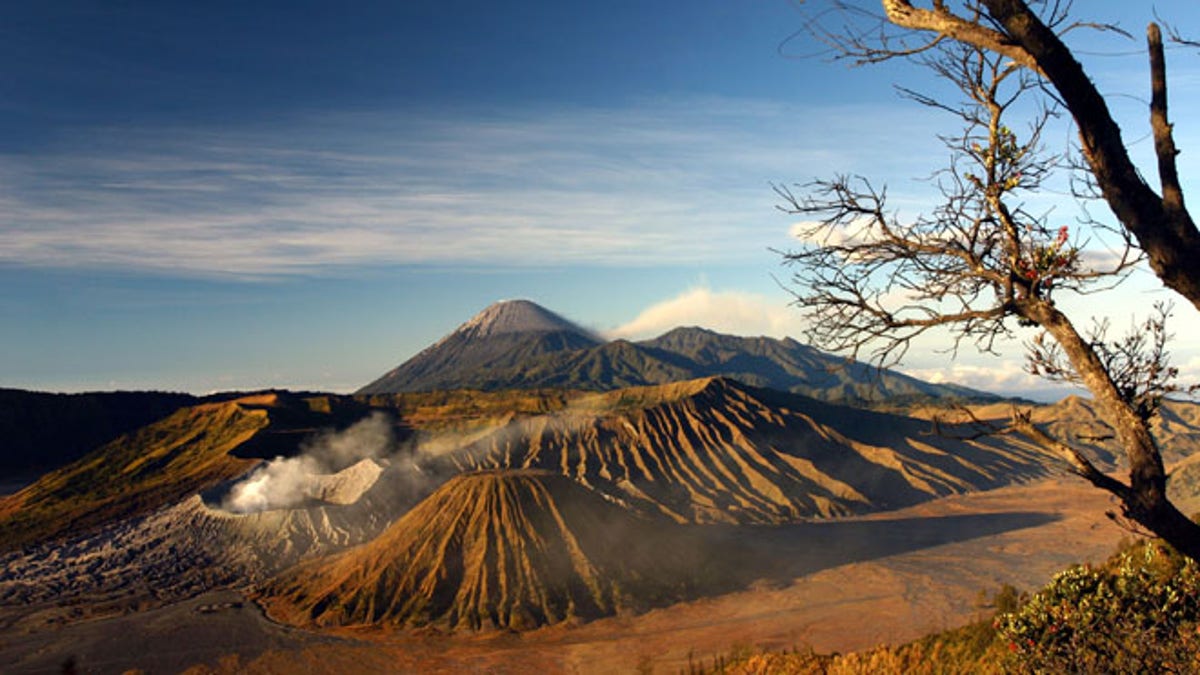
(Indonesia Ministry of Culture & Tourism)
Located in East Java, Mt. Bromo is not only striking; it’s also sacred. Each year, during the Kasada festival, locals throw offerings into the crater of the volcano to appease the mountain gods. To get to the base of the volcano, tourists must first walk, horseback ride, or drive across an ash desert. As long as the volcano activity is low, visitors can climb stairs to the rim of the crater. Try to get to the mountain before the sun rises, as the sunrise is not to miss.
8. Yasur, Vanuatu
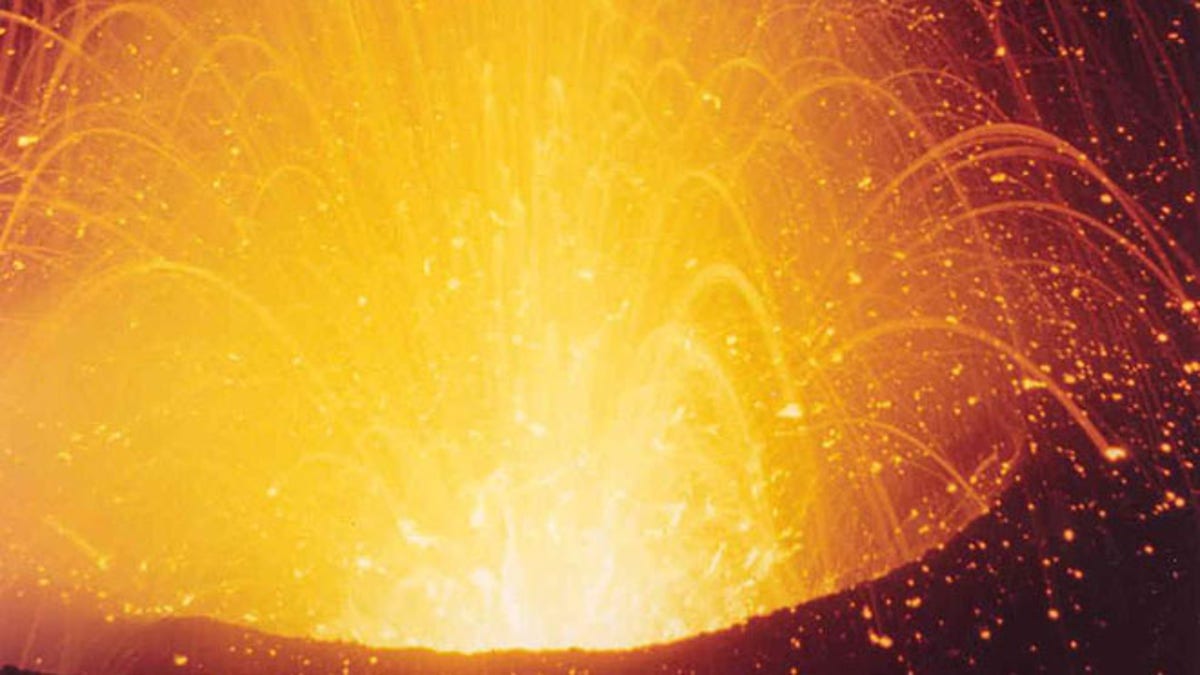
(Vanuatu Tourism Office)
Located on Tanna Island in the South Pacific, Yasur is well known for its consistent eruptions. The 1,184-foot volcano spews lava and ash on a daily basis and often erupts in a Strombolian fashion (in which magma and volcanic rock shoot from the main crater). Depending on the volcano’s level of activity, visitors can access the rim of the crater with a guide.
